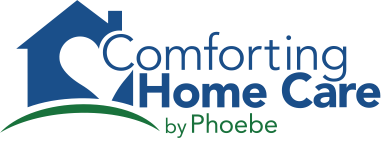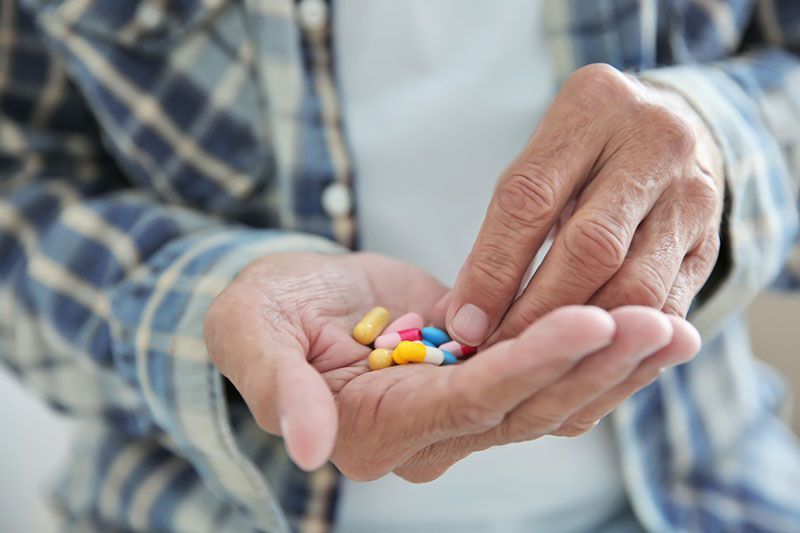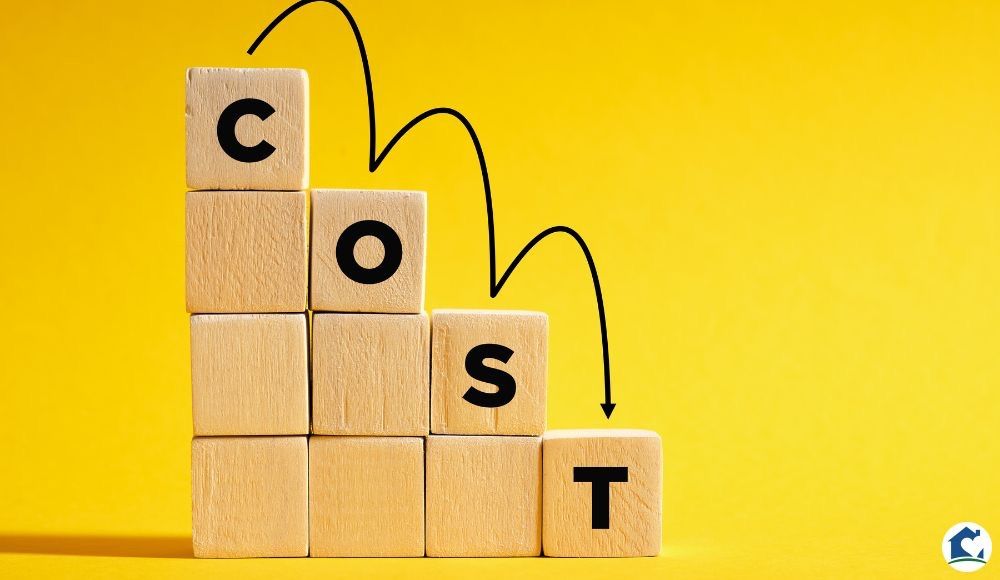Medication Safety Tips for Seniors
Many seniors regularly take multiple medications a day, putting them at higher risk for drug interactions and side effects. Many older adults see multiple doctors who prescribe medication. Your pharmacist, in partnership with your doctor, is a great resource as they are medication experts who can work to minimize risks and keep your loved ones as safe and healthy as possible.
Try to have all prescriptions filled at the same location to ensure your records are all in one place. This makes it much easier for the pharmacist to determine what interactions may occur. Check out some more tips for having your prescription filled:
- Tell the pharmacist if you have trouble swallowing pills. There might be other options!
- Make sure you can open the container your medication comes in. If not, the pharmacists can place them in a bottle that is more easily accessible.
- Make your pharmacist aware of any over-the-counter drugs you are taking to avoid possible interactions.
- Check to see if there are unneeded medications. It can be helpful to have a consultation with your pharmacist to review all the medications your loved one is currently taking. Sometimes, seeing more than one doctor results in duplicate prescriptions for similar diagnoses.
Outside of filling a script, you want to make sure you are keeping track of your aging adult’s medications, dosage and schedule. You can make a list or create a file that you can easily access to reference. Make sure to check expiration dates and keep bottles out of reach of children.
And as always, follow the instructions and don’t take your pills in the dark!












